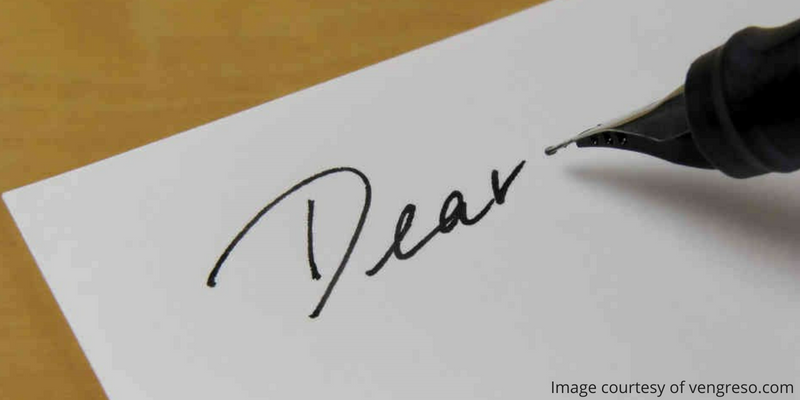
“I want to play golf in college!” How many times have you as a high school golf coach heard this said by one of your players? Many times high school golfers have a clear picture that they want to play golf in college, but few have a clear roadmap of how they can get there. As a high school golf coach, you have a lot of responsibilities to your players – with great responsibility comes great power. Other than your player’s parents, you spend more time with them on the course and know more about their golf game than anyone else. This poses the question, how can I help my high school golfers realize their dream of playing golf in college? Let’s explore a few ways of how you can help make this dream a reality.
Creating a Resume: Creating a golf resume is crucial for any high school golfer looking to play in college. As a coach, you can help your golfers draft the resume and create good content along with formatting the information in an easy to read format that a college coach is looking for. The resume should be digital and formatted in a way that your player can share through email with a college coach. Be sure to check out our article on the basics of the college golf resume for more inspiration.
Helping make a swing video: College golf coaches try to make it out to as many junior events in the summer as they can, but there will be plenty that they miss. As a coach, a recommendation would be to help your players record and create their swing videos which can be attached to their golf resume and sent out to coaches. Go to the range with your player and record some swings of their driver, long iron, mid iron along with some chipping and putting (1-3 minutes max). You can now take this video and attach it to the golf resume you helped your player create. Creating a swing video is a simple, yet effective way of getting your player more looks from college golf coaches.

Writing a letter of recommendation: Similar to applying for a job, when a high school golfer reaches out to a college coach, they need to have references who can speak highly of their academics, athletics and overall character. This is where you come in. Keep it simple – half a page to a page in length – speak to your player’s golf game, mental attitude on the course, work ethic and their performance in the classroom as well. The more objective you can be with your letter, the more meaningful it becomes to the college coach reading it.
Calling college coaches on your players behalf: A rule that many high school golf coaches aren’t familiar with is that a NCAA Division I golf coach cannot proactively reach out/contact a golfer until Sept. 1st of their junior year of high school. Similarly, a NCAA Division II golf coach cannot proactively contact a golfer until June 15th the summer between their Sophomore and Junior Year. The good news is that you, as their high school coach, can contact and reach out to a college coach on the player’s behalf before those dates without breaking any NCAA rules. Make no mistake, your junior golfer still needs to proactively reaching out to college coaches on their own, but you can act as an advocate for their golf game and addition to a certain college golf program.
Being Realistic: Allow your high school player to dream and reach for the best opportunity possible, but don’t set them up for failure. Examine your player’s ability, scores, tournament play and academics – understand that there are numerous options to play in college: NCAA DI, II, III, NAIA, Junior College and NCCGA (Club Golf). Sit down with your player and their family to best understand their wants and what level they will fit in best during their time in college.